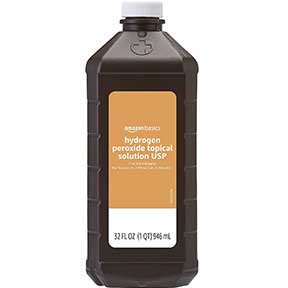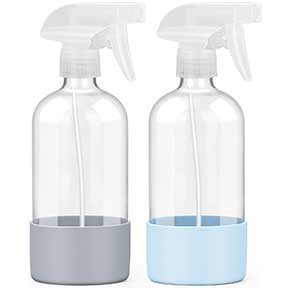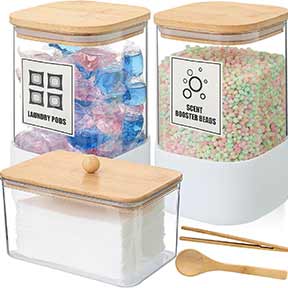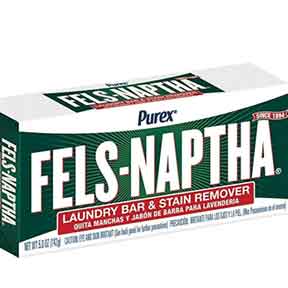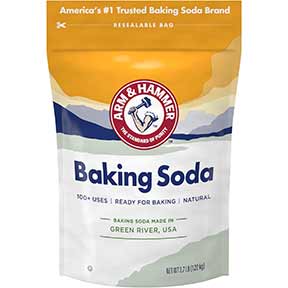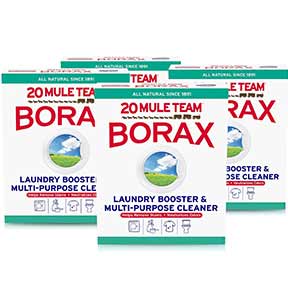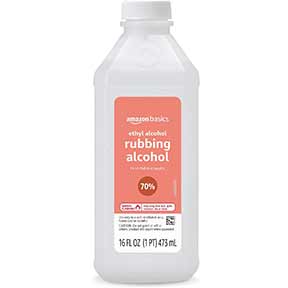Making Green Cleaning Products
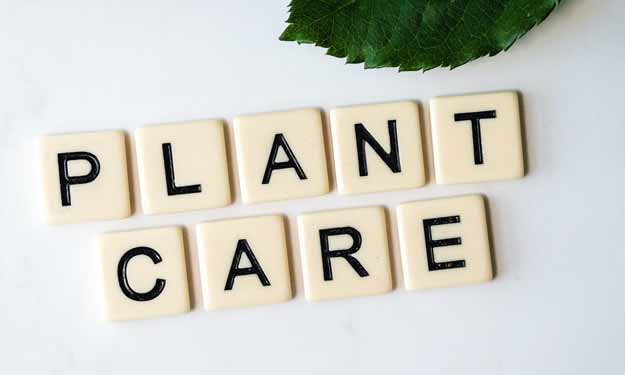
Green Clean is Natural and Less Hazardous to Environment.
How to Make Cleaning Products
The older I get, the more concerned I am about being exposed to toxins. I know the cleaning supplies I’ve used almost every day come with warnings. I’ve had rashes and skin sensitivities, red eyes and throat irritation. Believe it or not, I haven’t always been “Mrs. Clean”, and I’ve made some really stupid cleaning mistakes. One important thing I want to share is don’t assume any product is safe, even “green” or simple cleaning products. Make sure to read all warnings and manufacturer instructions.My Wake-Up Call
I found out the hard way just how dangerous cleaning products could be when I mixed ammonia and chlorine bleach together. I’ve warned people all over my website not to mix the two products, but never admitted that I did it myself when I was young. What happened? I was cleaning a bathtub and used bleach and ammonia at the same time without rinsing the tub thoroughly in between uses. The two products combined and formed a toxic chlorine gas that immediately closed my throat and lungs. My physical reaction was severe and serious and I was afraid that I wouldn’t be able to make it out of the bathroom in time without collapsing. I was really scared. That was the moment I realized just how seriously I needed to pay attention to the warnings on cleaning products. It was a youthful mistake but I have never forgotten the lesson.How to Find Chemical Safety Information (MSDS)
By law, every chemical manufacturer is required to produce a Material Safety Data Sheet (MSDS), listing the ingredients, health hazards, toxic ingredients and first aid/personal protection precautions. MSDS sheets can be found at the Chemical Safety’s Environmental Management Systems or Safety Data Sheet Search.The Benefits of “Going Green”
If you go back to the basics, you can use cleaners that work just as well as specially formulated ones in the store, and protect your health and the environment when you do so. Many of the ingredients for homemade cleaning products are in your kitchen cabinets. None of the recipes are very complicated, and you can mix the few parts together in just a short time. It’s cheaper to make your own cleaning products, even spending as much as only one-tenth on homemade cleaning materials as it would cost to buy at the store.Your Basic Shopping List of “Green” Home Cleaning Products
These are common ingredients used in green homemade cleaning product recipes. These basics are tried and true and people have used them for decades to clean. I prefer using simple products anyway. You might need to use a little more “elbow grease” to scrub something clean, but you won’t have to worry so much about harmful chemicals.- Dishwashing Liquid (like Dawn Detergent)
- Baking soda
- Plain white vinegar
- Washing soda
- Borax
- Hydrogen peroxide
- Oxygen bleach (like oxyClean)
Grout Cleaner Recipe
You can easily make your own solution for cleaning grout. Apply with an old toothbrush and let sit for 5 minutes. Scrub then rinse thoroughly. This may require a little elbow grease but worth it. Either mix ingredients in a bowl or a squeeze bottle (I have cleaned and reused old honey containers) then apply to grout.- 1/2 cup of baking soda in a bowl
- 1/4 cup of hydrogen peroxide
- 1 teaspoon liquid dish soap
Window and Glass Cleaner Recipe
Making your own window and glass cleaner is easy. All you need is a few ingredients and a spray bottle.- 1 cup water
- 3/4 cup rubbing alcohol
- 3 Tablespoons white vinegar
Deodorizers
Plain white vinegar and baking soda are two of the oldest and most natural green cleaners around. Both of these are excellent deodorizers to use when cleaning. Vinegar can be used to clean out the coffee maker, it can be used to deodorize stinky garbage cans, remove hard stains from glasses, clean and deodorize the refrigerator, sink, remove mineral deposits from faucets and so much more. Baking soda can be used around the house (and the refrigerator) to absorb smells; it can be sprinkled on carpet to remove odors. Baking soda can be sprinkled in dirty pots and pans to remove tough spots; it can be used to brush your teeth and more.Floor Cleaners
We use one gallon of warm water to about 1/4 cup of vinegar to clean hard surface floors like wood, linoleum and ceramic tile (not stone floors). Vinegar does not leave a residue so you don’t have to do a second rinse, just be sure to thoroughly dry floors after cleaning.Abrasive Cleaner Made with Baking Soda
Rather than purchasing a product like comet or soft scrub, why not try something you most likely already have in the pantry. What could be in the pantry you can use for cleaning? Baking soda. Baking soda works great on cleaning sinks, tubs and showers, the toilet, kitchen counters and more. All you need to do is wet the surface, sprinkle on a little baking soda then use a scrub brush or sponge to clean and rinse with water when finished. For extra scouring power, you can make this recipe:- 1 cup baking soda
- 1/2 cup fine sea salts
- 1/2 cup washing soda
Some precautions when using baking soda:
- You can use baking soda to clean your pots and pans but be sure to rinse it completely as materials like aluminum can turn brown.
- If you have a ceramic, glass or colored enamel stove top baking soda can scratch the surface.
- Although a poultice of baking soda and water can be used to clean some stains from marble, cleaning with baking soda on a regular basis can – over time – damage the surface and potentially scratch the surface.
- Baking soda can also be a bit hard on wood finishes.
Laundry Stain Removers and Boosters
Hydrogen Peroxide
Plain household strength hydrogen peroxide is one of my favorite stain removers. It can brighten dull surfaces and get rid of many stains and it’s a great alternative to bleach. In addition to using regular laundry detergent, when washing whites, let water fill (takes about 5 minutes), pause the washer and:- Pour 1 cup hydrogen peroxide in drum
- Let sit 10 minutes
- Then restart
Laundry Soap Booster
Give your regular laundry detergent a power boost by adding either 1/2 cup baking soda or borax to your regular wash load. Washing soda does the same, but use only 1/4 cup. Detergent does not lather well and cannot do its job properly with a high concentration of minerals. Baking soda, washing soda and borax are water softeners that “neutralize” minerals present in hard water. This allows your laundry soap to do a better job.Baking Soda
For tough yellow laundry stains make a paste of hydrogen peroxide and baking soda, rub this into the stain and let sit for 5 to 10 minutes, then launder as usual.White Vinegar
White vinegar is great all around the house and we keep plenty on hand. To prevent laundry from being “clingy” add 1/2 cup to the last rinse cycle. This will also help prevent yellowing and dissolve alkalis left behind from detergents.Related Articles
Cleaning Windows with VinegarNatural Cleaning
